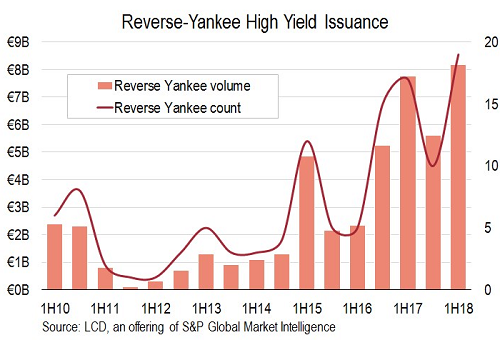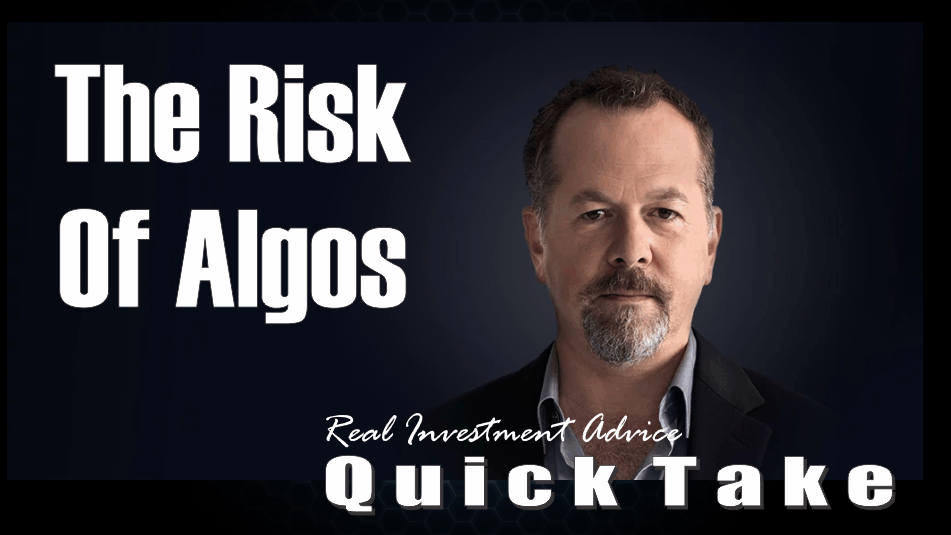August 17 – Wall Street Journal (Lingling Wei and Bob Davis): “Chinese and U.S. negotiators are mapping out talks to try to end their trade impasse ahead of planned meetings between President Trump and Chinese leader Xi Jinping at multilateral summits in November, said officials in both nations. The planning represents an effort on both sides to keep a spiraling trade dispute-which already has involved billions of dollars in tariffs and comes with the threat of hundreds of billions more-from torpedoing the U.S.-China relationship and shaking global markets. Scheduled midlevel talks in Washington next week, which both sides announced on Thursday, will pave the way for November. A nine-member delegation from Beijing, led by Vice Commerce Minister Wang Shouwen, will meet with U.S. officials led by the Treasury undersecretary, David Malpass, on Aug. 22-23. The negotiations are aimed at finding a way for both sides to address the trade disputes, the officials said, and could lead to more rounds of talks.”
…click on the above link to read the rest of the article…





 Undersecretary of the Treasury Sigal Mandelker says that the world must “harden your financial networks,” and make sure they have “airtight” procedures in place to prevent even accidental business ties to Iran. He added that nations must make sure “
Undersecretary of the Treasury Sigal Mandelker says that the world must “harden your financial networks,” and make sure they have “airtight” procedures in place to prevent even accidental business ties to Iran. He added that nations must make sure “









